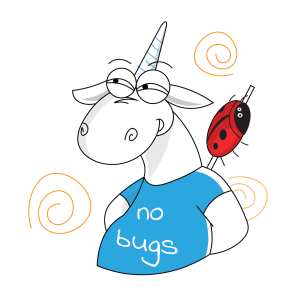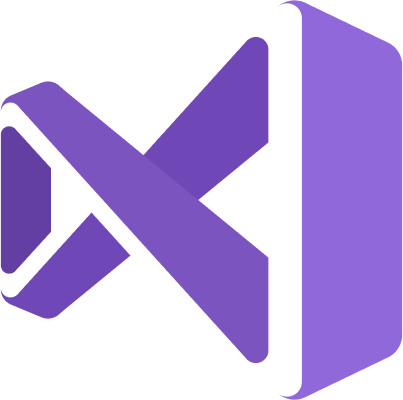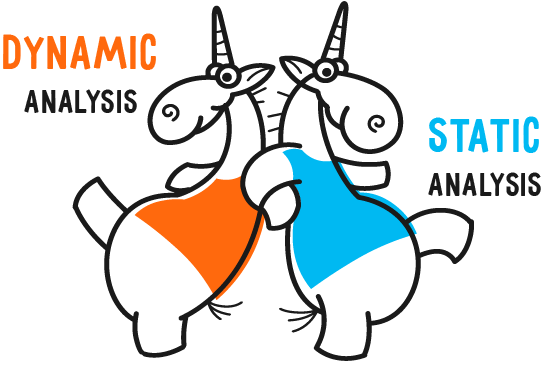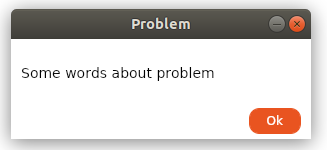Tips and tricks from my Telegram-channel @pythonetc, September 2019

It is a new selection of tips and tricks about Python and programming from my Telegram-channel @pythonetc.
← Previous publications

The art of creating computer programs






There are only two hard things in Computer Science: cache invalidation
and naming things.
— Phil Karlton
We, developers, spend more time reading code than writing it. It is important for the code to be readable and clear about its intent.
Below are some advice based on my experience naming things.


I feel I’m going to open the Pandora’s box for you. Let’s talk about special types: SafeHandle, CriticalHandle and their derived types.
This is the last thing about the pattern of a type that gives access to an unmanaged resource. But first, let’s list everything we usually get from unmanaged world:
The first and obvious thing is handles. This may be an meaningless word for a .NET developer, but it is a very important component of the operating system world. A handle is a 32- or 64-bit number by nature. It designates an opened session of interaction with an operating system. For example, when you open a file you get a handle from the WinApi function. Then you can work with it and do Seek, Read or Write operations. Or, you may open a socket for network access. Again an operating system will pass you a handle. In .NET handles are stored as IntPtr type;
This chapter was translated from Russian jointly by author and by professional translators. You can help us with translation from Russian or English into any other language, primarily into Chinese or German.
Also, if you want thank us, the best way you can do that is to give us a star on github or to fork repositorygithub/sidristij/dotnetbook.





Visual Studio 2019 pushes the boundaries of individual and team productivity. We hope that you will find these new capabilities compelling and start your upgrade to Visual Studio 2019 soon.
As you are considering this upgrade, rest assured that Visual Studio 2019 makes it distinctively easy to move your codebase from previous versions of Visual Studio. This post captures the reasons why your upgrade to Visual Studio 2019 will be pain-free.

I strain to make the far-off echo yield
A cue to the events that may come in my day.
(‘Doctor Zhivago’, Boris Pasternak)
I’ll be honest: I don’t write in pure C that often anymore and I haven’t been following the language’s development for a long time. However, two unexpected things happened recently: С won back the title of the most popular programming language according to TIOBE, and the first truly interesting book in years on this language was published. So, I decided to spend a few evenings studying material on C2x, the future version of C.
Here I will share with you what I consider to be its most interesting new features.



